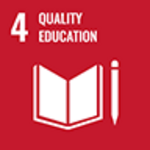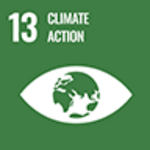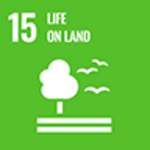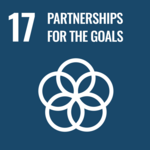Eighteen international students from developing countries, who came to Japan as JICA long-term trainees and are aiming to obtain degrees at our university, Obihiro University of Agriculture and Veterinary Medicine, and Kitami University of Technology, visited Kamikawa Town on August 24th and 25th to study tourism industry. We learned about the efforts that Kamikawa Town is taking to preserve the natural environment.
Visits by long-term trainees are held every year as part of the "JICA Regional Understanding Program," in which they learn about regionally specific development cases that have been cultivated in Hokkaido. This year, we will visit Kamikawa Town with the theme of "Sustainable Regional Promotion and Tourism Development," and there will be a lecture by Kamikawa Town Hall staff, group work with students from Kamikawa High School, and cooperation from Professor Teiji Watanabe of our university's Faculty of Environmental Earth Science We conducted practical training for the "Big Snow Creatures Encyclopedia Project."
Practical training for the “Big Snow Creatures Illustrated Encyclopedia Project”
The trainees actually visited Mt. Kurodake to conduct practical training for the ``Big Snow Creatures Illustrated Encyclopedia Project.'' At Mt. Kurodake, Professor Teiji Watanabe of our university's Faculty of Environmental Earth Science explained the purpose of this project and how to use the app, and the trainees looked at the plants along the mountain trail and actually used the app. , learned about efforts to preserve the natural environment.
Click here for more information about the visit of JICA long-term trainees to Kamikawa Town. *You will be redirected to the JICA website.
Click here for more information about the "Big Snow Animal Encyclopedia Project." *You will be redirected to a separate page on this site.
This initiative was also introduced on Sapporo Television Broadcasting System TV. Click here for the broadcast. *Move to YouTube.

Group photo at Mt. Kurodake (Professor Teiji Watanabe (Faculty of Environmental Earth Science) is second from the right in the back row)




















